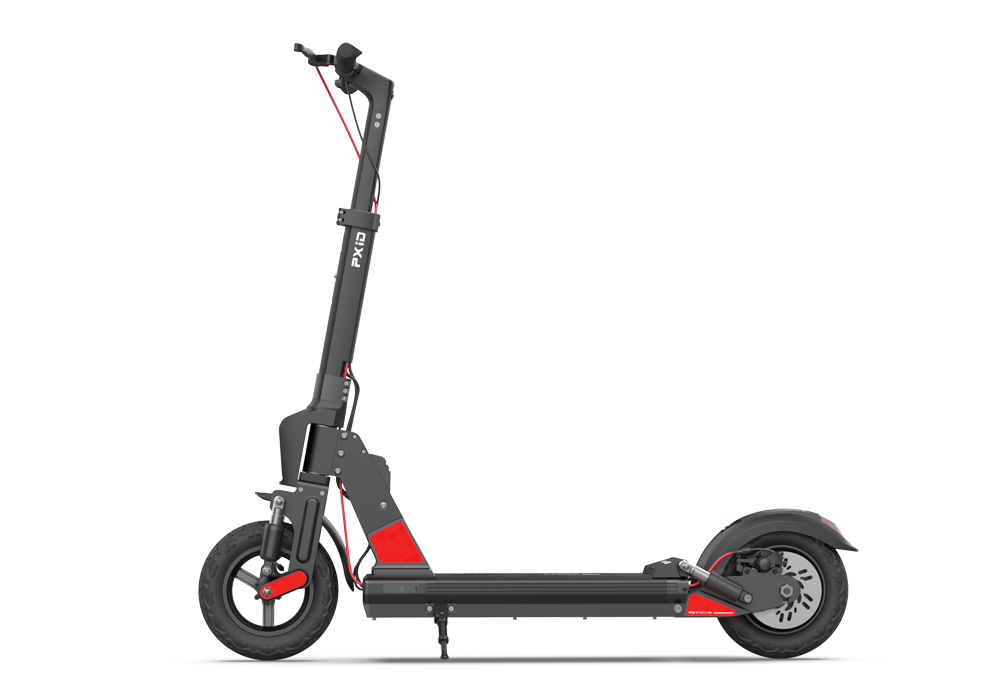Before the pandemic, scooter companies were doing well. A new report from NACTO shows that between 2018 and 2019, the total number of shared micro-mobile trips in the United States has soared from 84 million to 136 million. Among the new trips, electric scooters accounted for the vast majority, and their usage more than doubled, while the number of people riding bicycles only increased by 10%. The question remains: How long will it take for e-scooter sharing companies to return to pre-COVID-19 digital levels?
Right now, the use of Lime is still declining, mainly because the company's main uses-travel and commuting to work-still don't exist in most Lime markets. But the company believes it can return to or even exceed its pre-COVID-19 peak, especially if people continue to stay away from ride-sharing services such as Uber and Lyft.
Although it turns out that scooter sharing is very popular among cyclists, it has always lost money. Most companies rely on large amounts of venture capital to maintain operations. The industry has been struggling to solve its unit economic problems. In the unit economy, the purchase price of each scooter before the final collapse exceeds the income it brings.
In addition, most of the electric scooters deployed by companies like Bird and Lime come from Chinese companies such as Xiaomi and Segway-Ninebot. However, the products of these companies are not made for shared use, so they are often very easy to appear within a few weeks of launch. Fault. But in the past year, these scooter companies have begun to introduce better and more durable scooters to extend average life and improve unit economic efficiency. Ting pointed out that Lime has seen a significant increase in the life of each small scooter, and each vehicle can stay in circulation for an average of two years.
"We want to make sure that our scooters will not break. Even if they are broken, they are easy to repair," he added. "This can increase the profitability of each scooter."
In addition, Lime also wants to reimagine the meaning of micro-mobile device suppliers. This company does not want to be just a scooter company, it also sees itself as a "platform" for various micro-mobility. This winter, the Lime app will begin to allow users in certain cities to find and rent vehicles from third-party operators, all of which will start with Wheels’ pedalless electric bicycles.
Lime already has the world's largest shared micro-mobile provider. Ting said that by integrating more types of small electric vehicles into its platform, the company hopes to become "a one-stop shop for any user who wants to travel less than five miles without a car."
